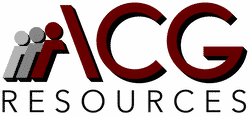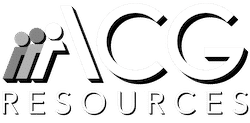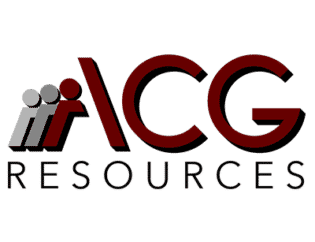Savvy business owners or high-performing managers are always looking at ways to get work done more efficiently. Small business owners especially have to get creative with the resources at their disposal to compete with larger businesses. Between drafting proposals, managing emails, various levels of administration, it can be easy to get overwhelmed. Technological advances have thankfully helped increase productivity astronomically over the past few decades. There are so many technologies available nowadays that many business owners say it has become difficult to sort out which are best for their company. If this sounds like you, this article hopes to help save you some time regarding such decisions by highlighting some tools that are a must for your staffing or recruiting firm.
Customer Relations Management (CRM) software is a vital area where many businesses see big ROI on investments/upgrades. This is because CRM provides a central repository where you can track, manage, and measure all of the ways your internal teams communicate with external customers or stakeholders. For example, it improves the standardization of responses. This is not to say it makes sure everyone communicates with the same, potentially boring, scripts. It means that management can more easily verify communication and coach employees to make sure all communication meets a certain level of quality. CRM software can also, among other features, provide reminders that certain customers haven’t been contacted in a specified period of time.
Taxes are complicated; that’s just a fact. Accountants can be very skilled but every year there are slight changes to the tax code that have big implications for your business, especially if the changes accidentally go unnoticed until filing time/after filing time. High quality accounting software (like QuickBooks) first and foremost incorporate the latest changes to the tax code into its operations. It can also integrate with some other applications that are used on a regular basis that produce numbers or documentation that will ultimately be needed for tax time. Without the integration, a collection of disparate apps enables the possibility something will fall through the cracks due to manual error or miscommunication.
Getting the day-to-day work done more efficiently is a top priority for all businesses and a lot of that comes down to communication and collaboration. The more effective employees are at those 2 things, typically the higher the efficiency of said employees. You can help your employees communicate and collaborate better via software such as Microsoft Office 365. The calendar features built into Outlook, the chat and status notification features of Teams, and the documentation features built into Sharepoint all help facilitate greater communication and collaboration.
Customer Relations Management (CRM) software is a vital area where many businesses see big ROI on investments/upgrades. This is because CRM provides a central repository where you can track, manage, and measure all of the ways your internal teams communicate with external customers or stakeholders. For example, it improves the standardization of responses. This is not to say it makes sure everyone communicates with the same, potentially boring, scripts. It means that management can more easily verify communication and coach employees to make sure all communication meets a certain level of quality. CRM software can also, among other features, provide reminders that certain customers haven’t been contacted in a specified period of time.
Taxes are complicated; that’s just a fact. Accountants can be very skilled but every year there are slight changes to the tax code that have big implications for your business, especially if the changes accidentally go unnoticed until filing time/after filing time. High quality accounting software (like QuickBooks) first and foremost incorporate the latest changes to the tax code into its operations. It can also integrate with some other applications that are used on a regular basis that produce numbers or documentation that will ultimately be needed for tax time. Without the integration, a collection of disparate apps enables the possibility something will fall through the cracks due to manual error or miscommunication.
Getting the day-to-day work done more efficiently is a top priority for all businesses and a lot of that comes down to communication and collaboration. The more effective employees are at those 2 things, typically the higher the efficiency of said employees. You can help your employees communicate and collaborate better via software such as Microsoft Office 365. The calendar features built into Outlook, the chat and status notification features of Teams, and the documentation features built into Sharepoint all help facilitate greater communication and collaboration.







